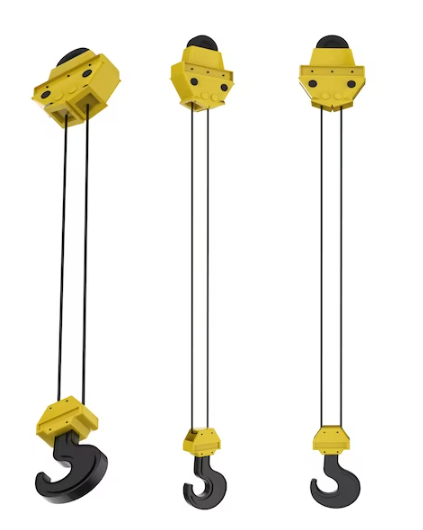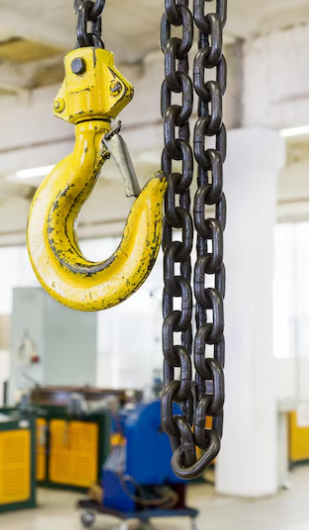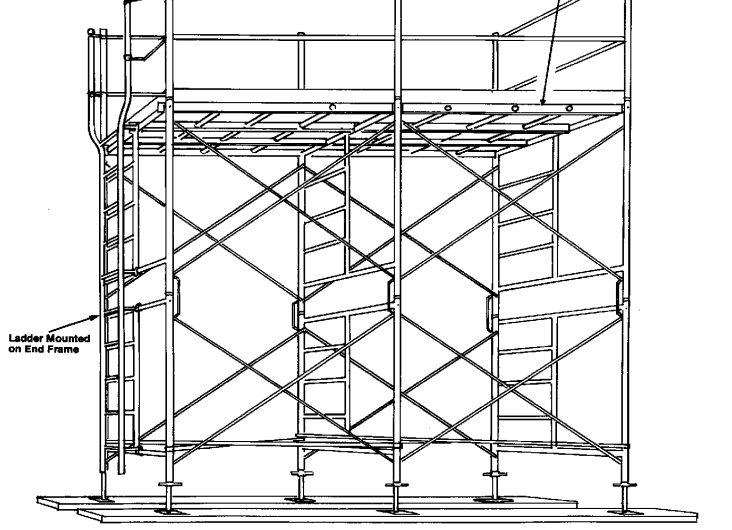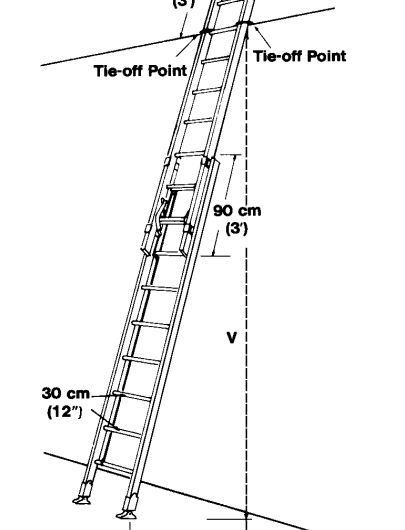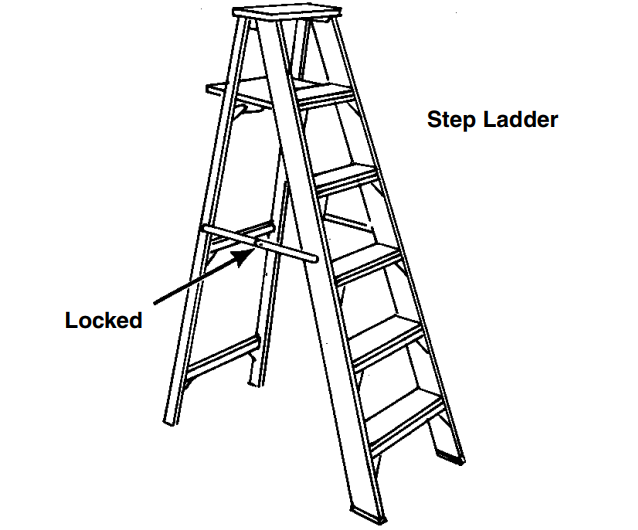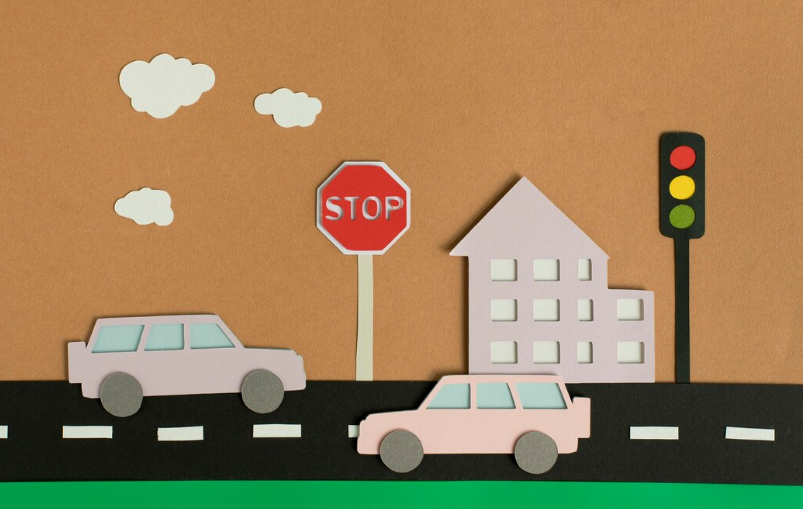25 – Safety Talk – Wire Rope – Inspection
A safety talk on wire rope inspection emphasizes the importance of regularly examining wire ropes to ensure their safe use in lifting and rigging operations. It covers key aspects such as checking for signs of wear, corrosion, broken wires, kinks, or deformation that could compromise the rope’s strength. The talk also highlights the need to follow manufacturer guidelines on acceptable levels of wear, proper lubrication to prevent rust, and the importance of discarding ropes that do not meet safety standards. Regular inspections help prevent accidents by ensuring that only ropes in good condition are used in lifting tasks.

